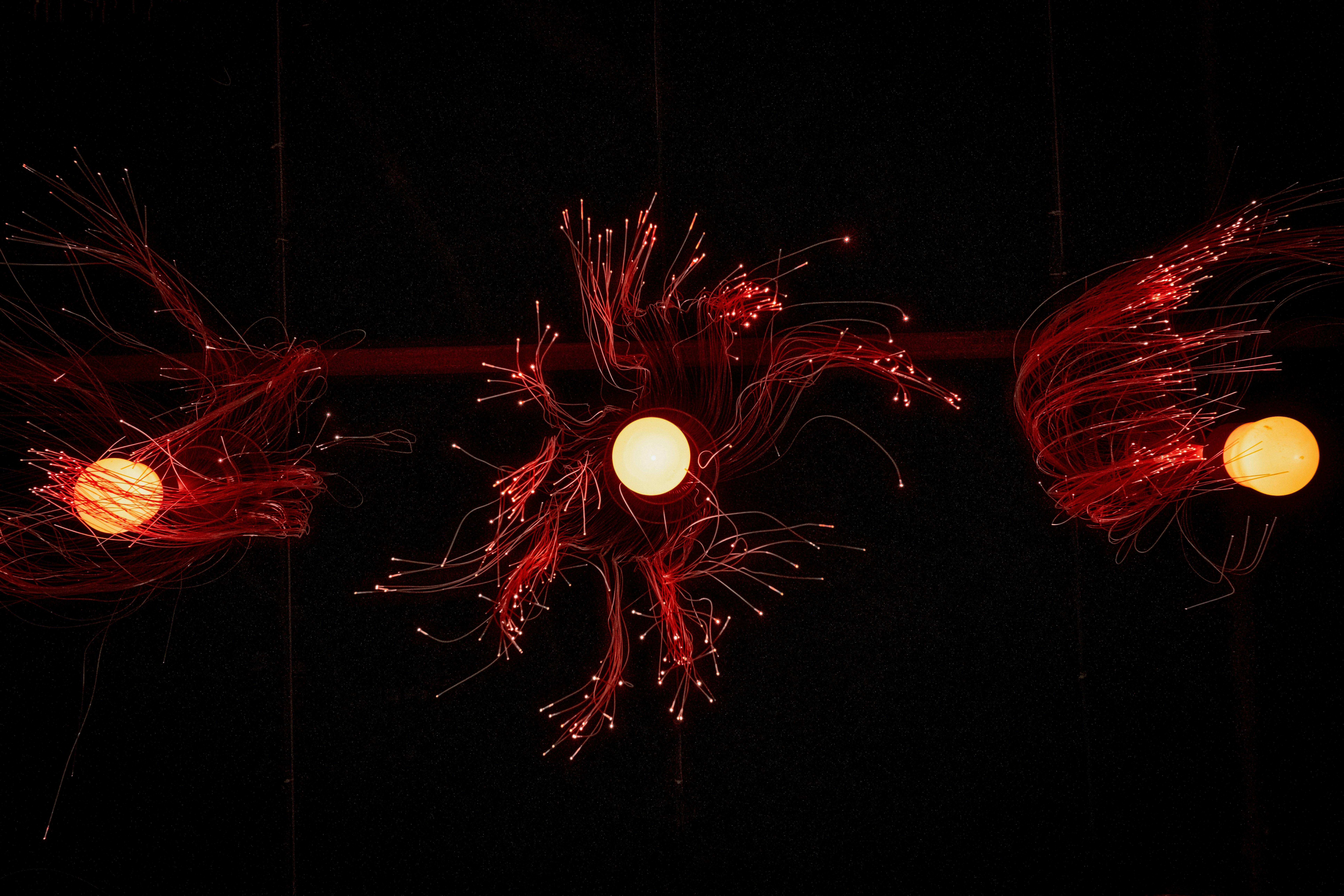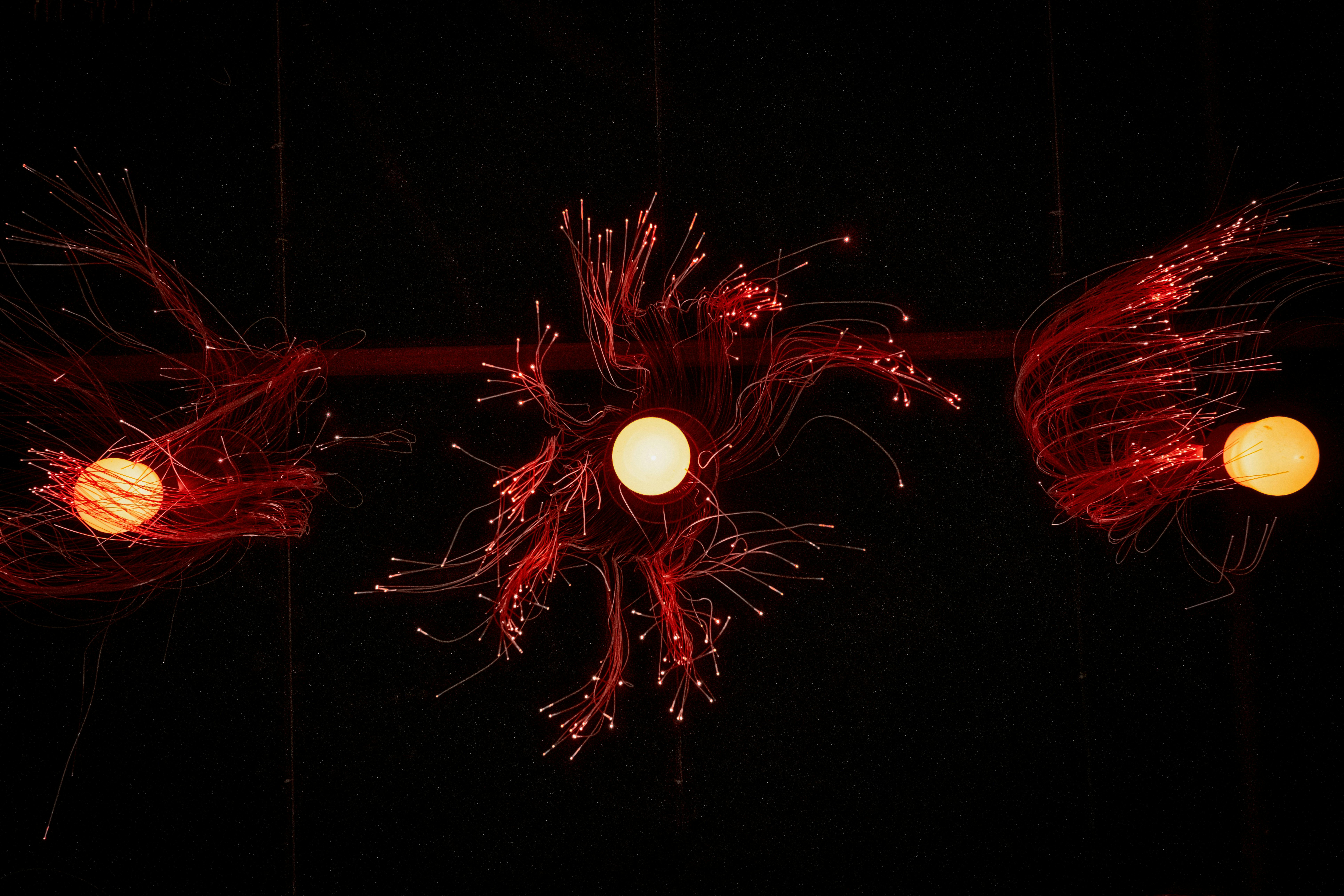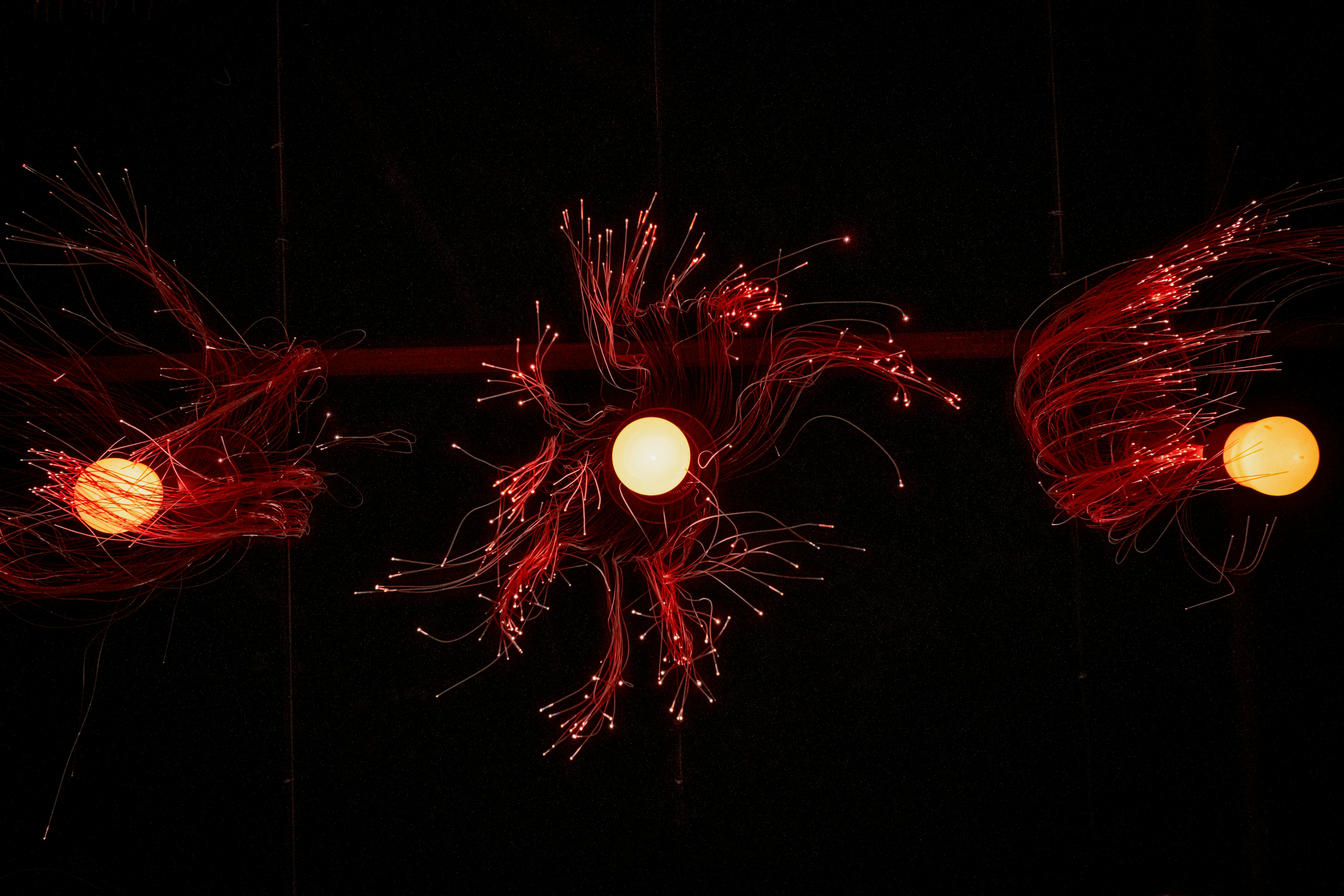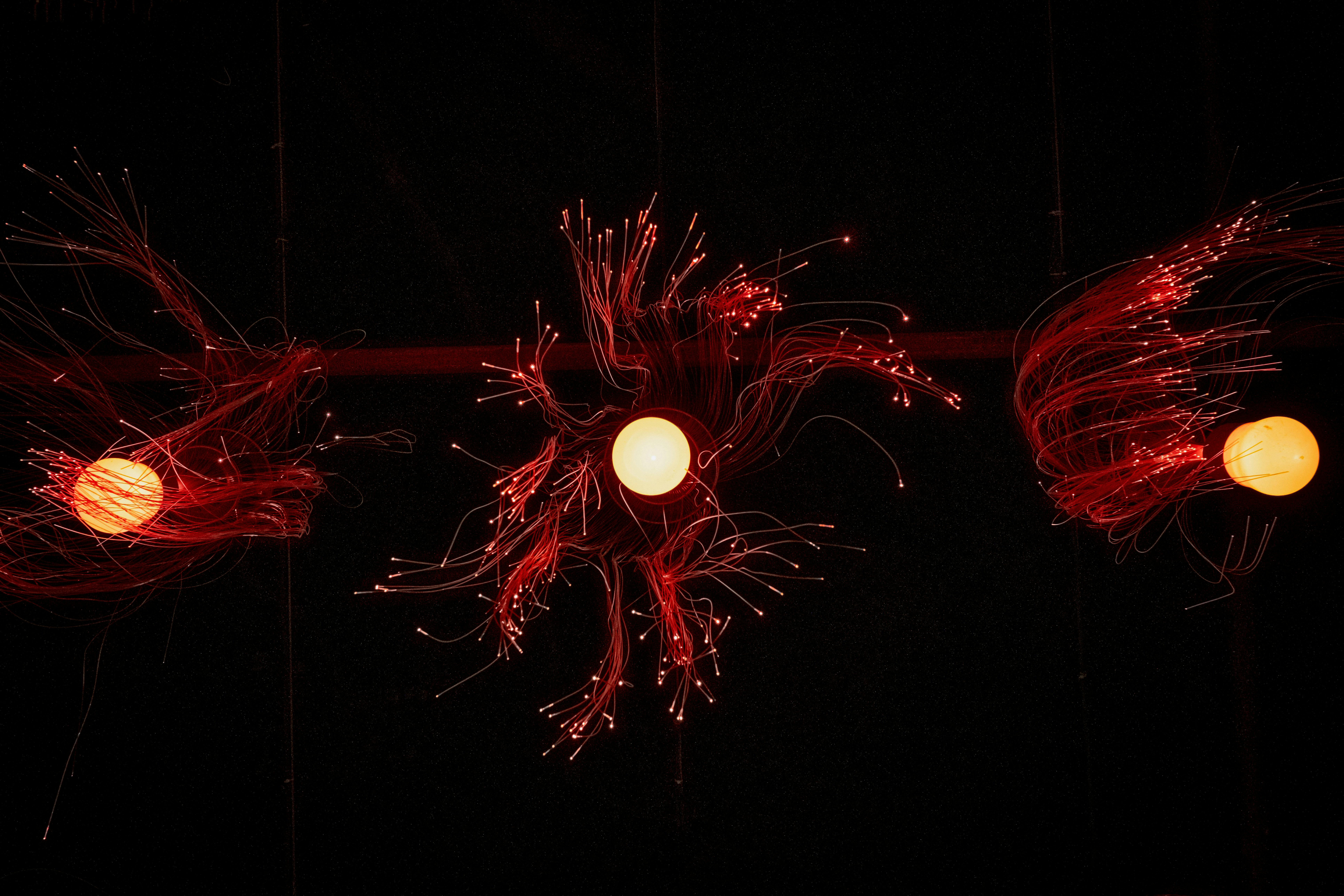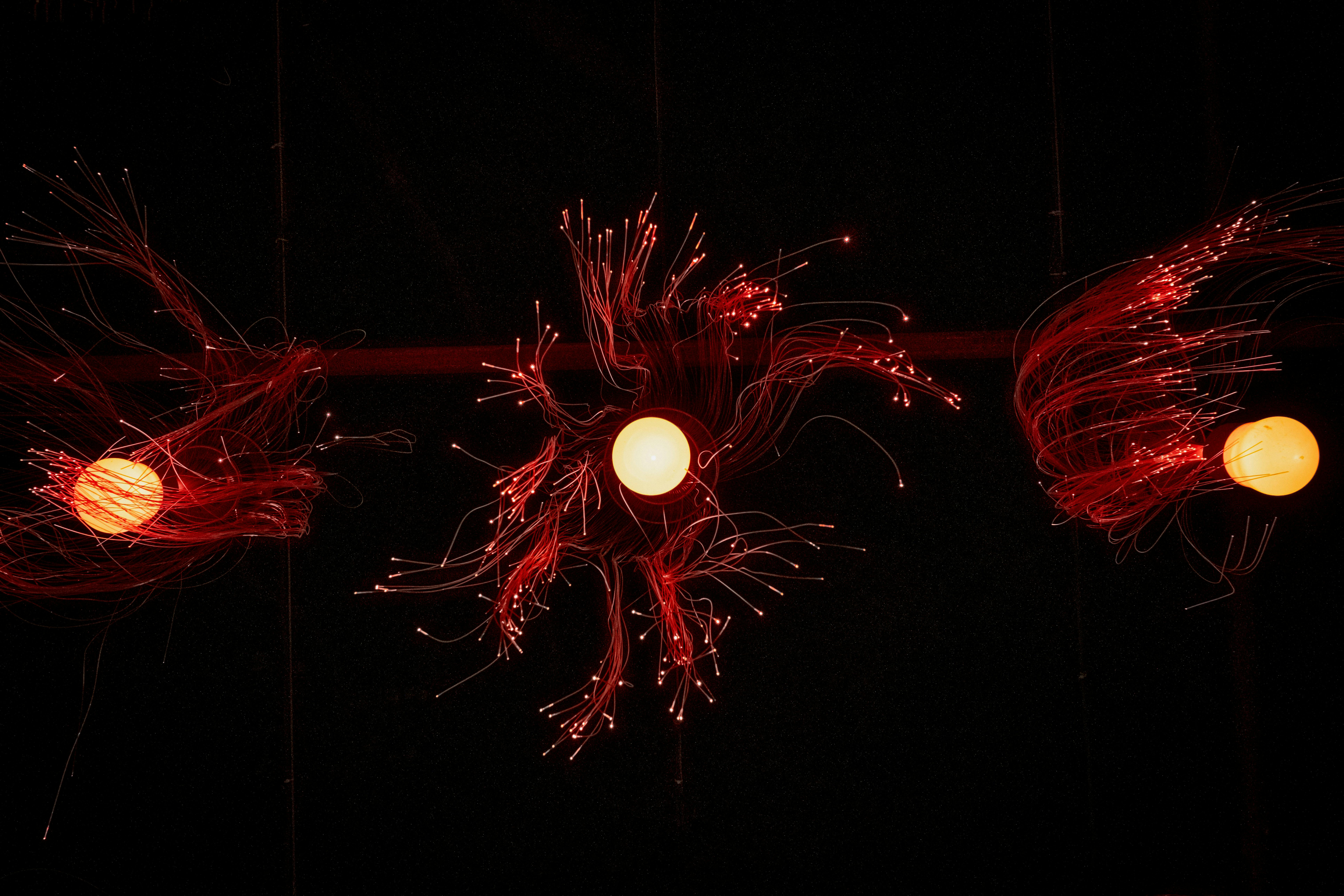Wallpaper Revival: Modern Patterns and Professional Installation Insights
Selecting the ideal paint finish is a pivotal yet often underestimated decision in home improvement. While color sets the mood, the sheen level dictates durability, maintenance, and light interaction. A flat finish in a bustling hallway will show scuffs within weeks, while high-gloss in a bedroom may create unwanted glare. Understanding sheen properties transforms paint from mere decoration into a functional asset. For DIY enthusiasts and homeowners alike, this choice impacts daily living—affecting how spaces withstand pets, children, humidity, and cleaning routines. Mastering finishes ensures your paint job remains beautiful for years, not months, making it essential knowledge for any successful project.
Understanding Paint Sheens: The Science Behind the Shine
Paint sheen refers to its light-reflecting properties, determined by resin-to-pigment ratios. Higher resin content creates more gloss and durability but accentuates surface imperfections. Key sheen categories include:
- Flat/Matte: 0-10% light reflection
- Eggshell: 10-25% light reflection
- Satin: 25-35% light reflection
- Semi-Gloss: 35-70% light reflection
- Gloss: 70-90% light reflection
Consider both practical performance and aesthetic goals. High-traffic areas demand washable finishes, while ceilings benefit from non-reflective options that hide flaws.
Flat and Matte Finishes: Sophisticated Camouflage
With minimal light reflection, flat finishes excel at hiding wall imperfections like drywall seams or minor dents—a boon in older homes. Their velvety texture delivers rich color depth, making them ideal for:
- Adult bedrooms and formal dining rooms (low traffic)
- Ceilings throughout the home
- Accent walls where touch-ups are infrequent
Caution: These finishes stain easily and can’t withstand scrubbing. Avoid in kitchens, bathrooms, or children’s rooms. Modern matte formulations offer slightly better washability than traditional flat paints.
Eggshell and Satin: The Goldilocks Zone
Occupying the middle ground, eggshell (subtle luster) and satin (soft glow) balance elegance with practicality. Eggshell resists stains better than flat finishes, while satin provides moderate scrubbability. Both effectively mask minor flaws. Use them for:
- Eggshell: Living rooms, hallways, and home offices
- Satin: Kitchens, bathrooms, playrooms, and trim
Satin’s moisture resistance makes it excellent for humid environments. For example, a satin-painted bathroom vanity survives steam and toothpaste splatters, whereas flat paint would blister.
High-Durability Finishes: Semi-Gloss and Gloss
These resin-rich finishes create hard, wipeable surfaces that repel moisture and grime. Semi-gloss (gentle shine) suits high-contact zones, while gloss (mirror-like) makes trim pop. Applications include:
- Doors, window casings, and baseboards
- Kitchen cabinets and bathroom vanities
- Children’s furniture or mudroom walls
Pro Tip: Gloss highlights every flaw—proper sanding and priming are non-negotiable. In a case study, semi-gloss trim in a dog-friendly home showed no wear after 18 months, while adjacent satin walls required touch-ups.
Room-by-Room Finish Selection Strategy
Match sheens to room-specific demands:
- Kitchens/Bathrooms: Satin or semi-gloss walls; semi-gloss trim (humidity-resistant)
- Living Rooms: Eggshell walls; satin or semi-gloss trim
- Bedrooms: Matte or eggshell walls (calming effect); satin trim
- Hallways/Entries: Satin walls (scrubbable); semi-gloss trim
- Ceilings: Flat (minimizes visibility of joints)
Always test swatches at different times of day. North-facing rooms may benefit from satin’s light-reflecting properties, while south-facing spaces could use matte to reduce glare.
Your paint finish is a functional shield as much as an aesthetic choice. Remember: low sheen for flaw-hiding tranquility, high sheen for active defense against life’s messes. Eggshell and satin strike the best balance for most living spaces. Before committing, paint large test boards and observe them under both natural and artificial light. Consider your household’s lifestyle—homes with young children or pets need more satin and semi-gloss than minimalist apartments. By aligning sheen with room function, you’ll create spaces that endure beautifully. Now armed with this knowledge, revisit your paint plans; that matte bedroom might deserve satin trim after all.

